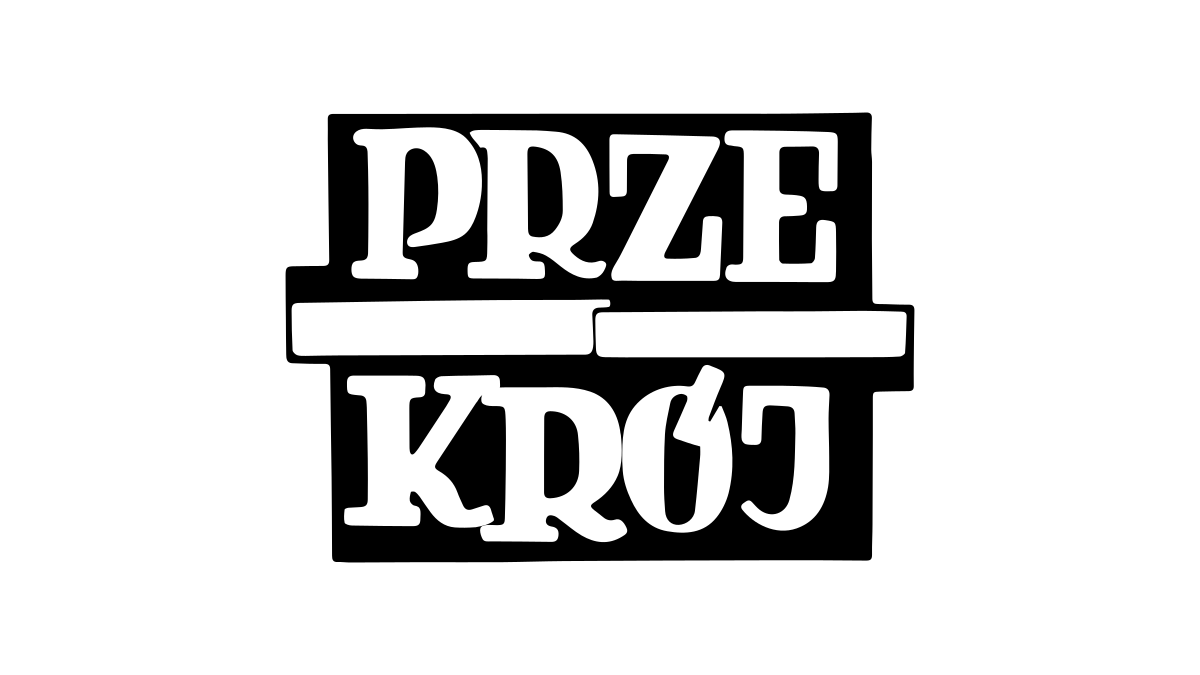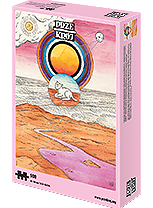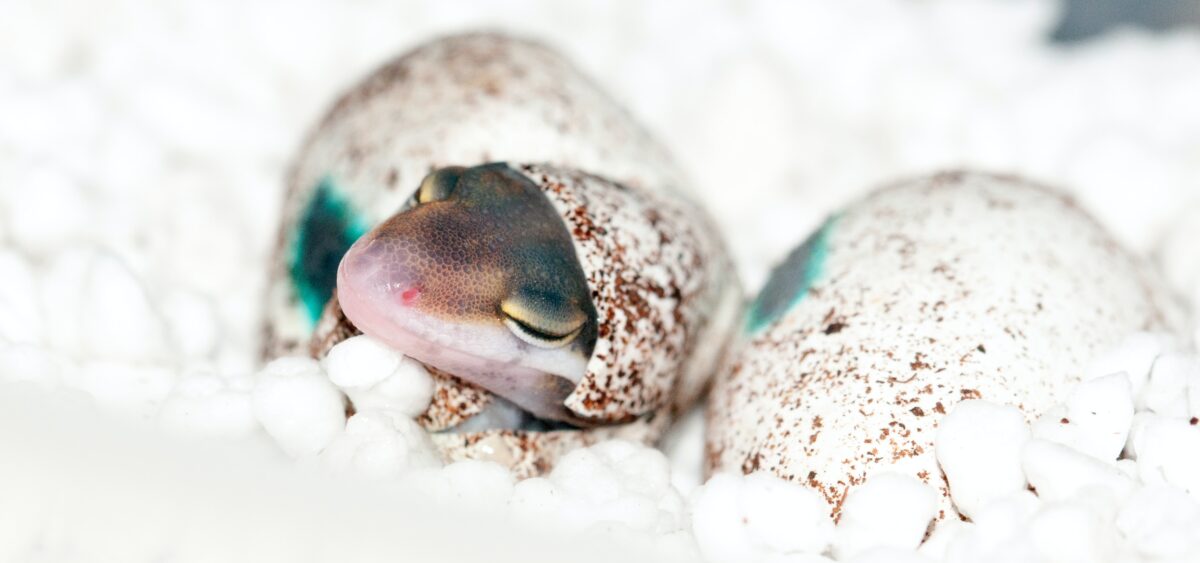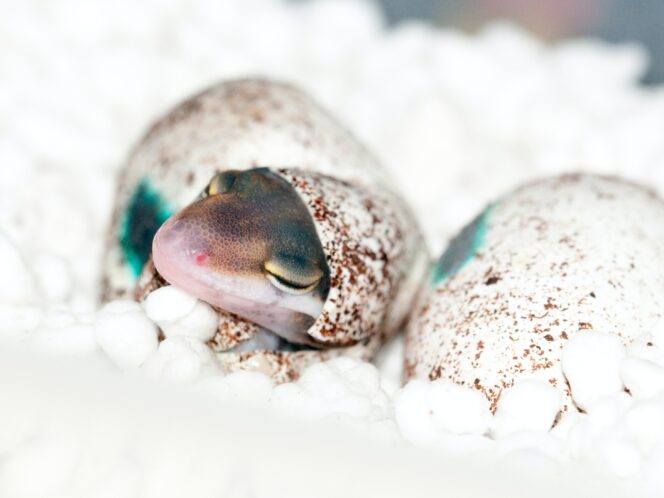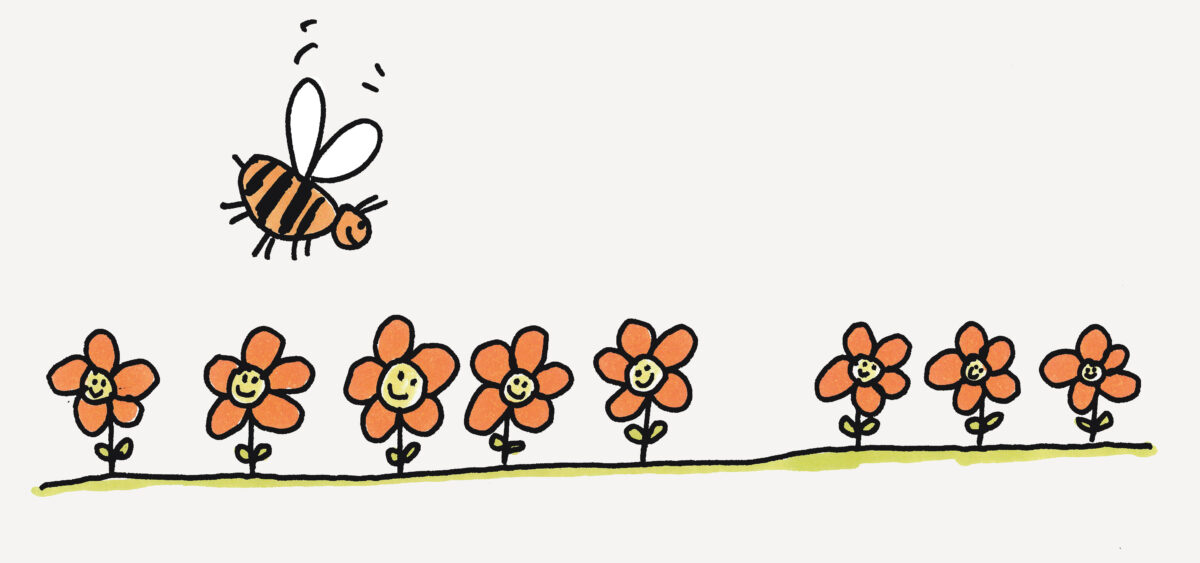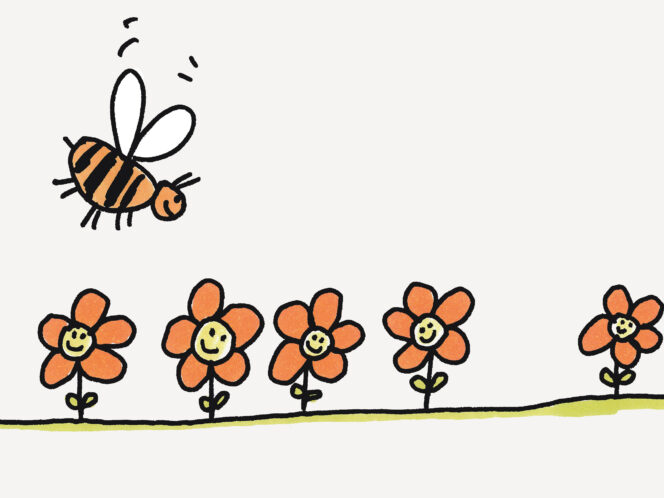
Some hatch from eggs on the female’s back; others in a pouch on the male’s abdomen. Others still—like the Homo sapiens—spend the whole period of their foetal development in their mother’s body. There are also those for whom the mother becomes their first meal.
David Attenborough, asked a few years ago by journalist Joanna Nikodemska about the animal he finds most interesting, answered after some consideration that he’s most fascinated by a three-year-old human child, whose potential for development and adaptation are simply limitless. The same journalist and I have been verifying this opinion for over eight years now—indeed, observing the development of a juvenile representative of the Homo sapiens species is a continuous, fascinating adventure.
More r or More K?
It’s a fact that evolutionary success is determined not by the length of adult individuals’ lives but by the number of their offspring that carry their genes into subsequent generations. More precisely, it’s not about the number of one’s children, but one’s grandchildren: the children need to survive and pass on their genes. Of course, in order to have children, one must beget them (or at least somehow initiate the development of the egg, as it happens in parthenogenetic species, where females don’t bother with guys at all, or only rarely). But I’ve already written before about various original methods of completing that first stage, so let’s focus on what happens later.
Ecology differentiates two strategies of reproduction: “r-selection” and “K-selection.” The symbols are taken from a complicated formula illustrating population
